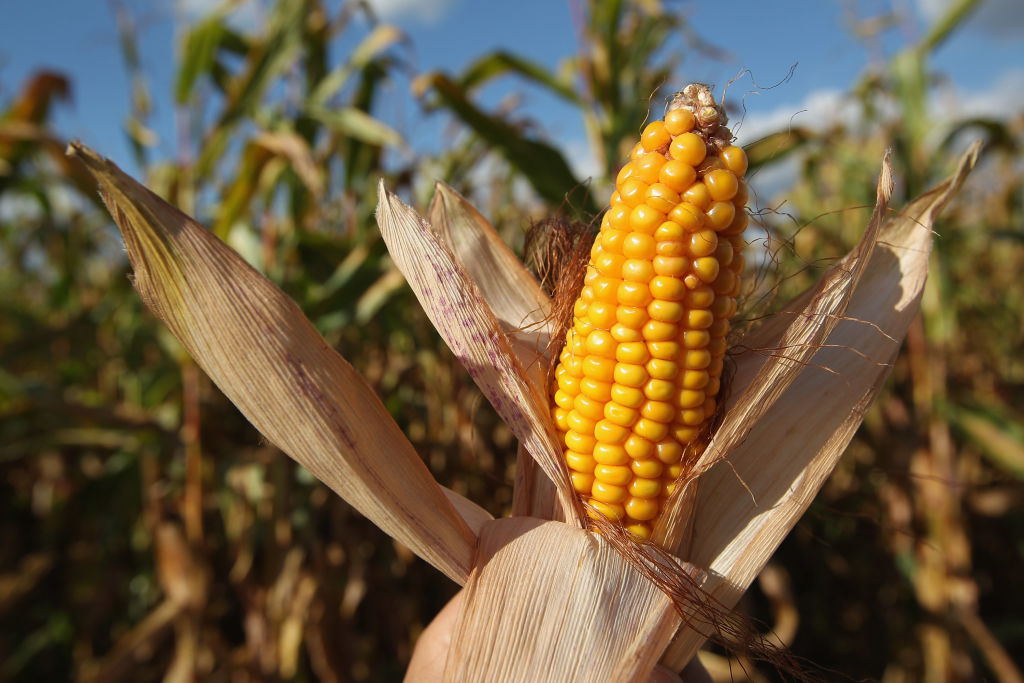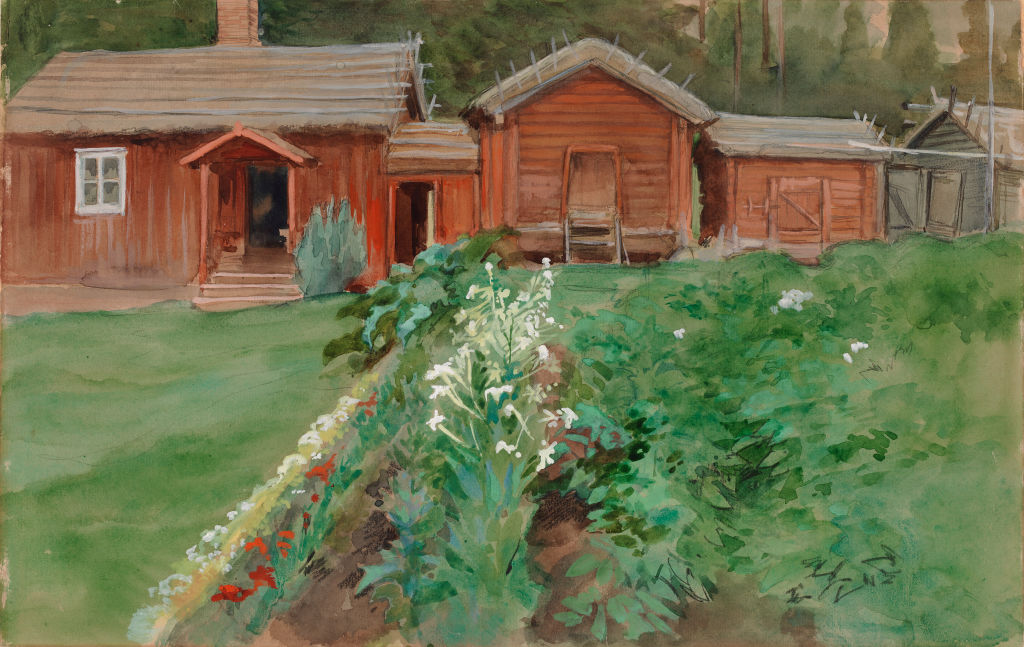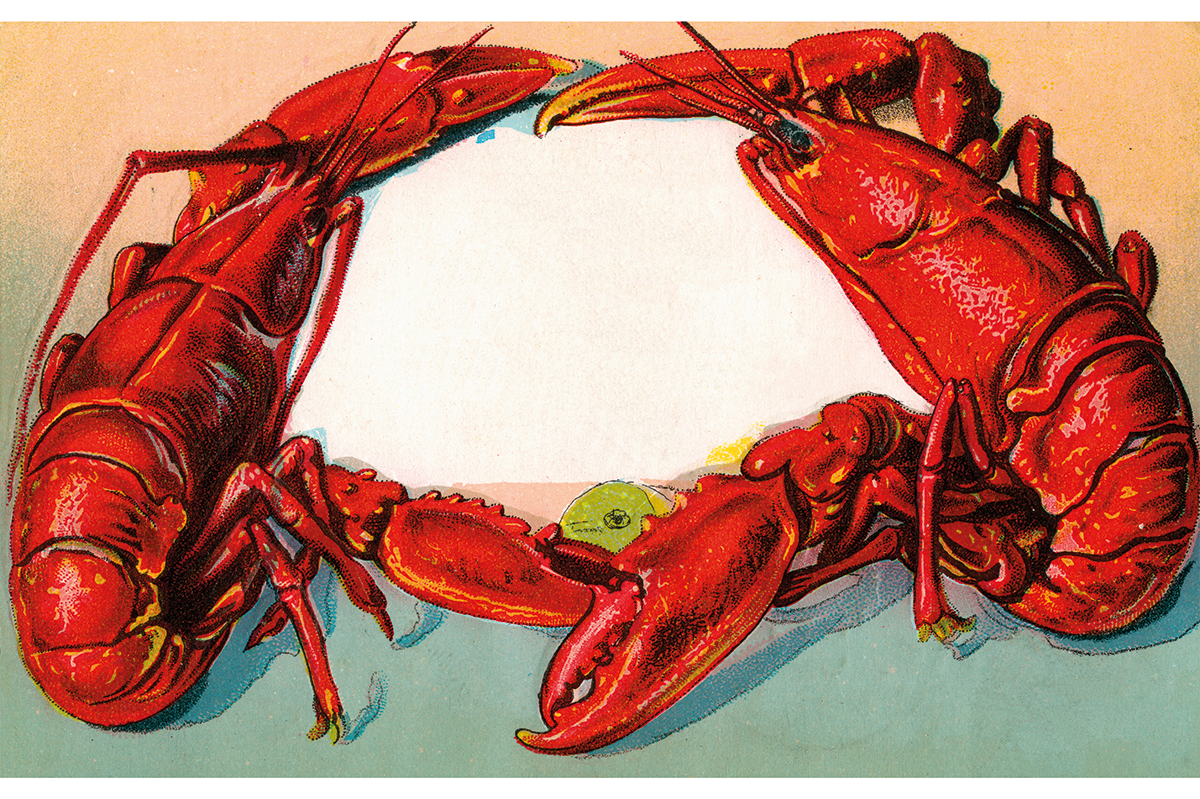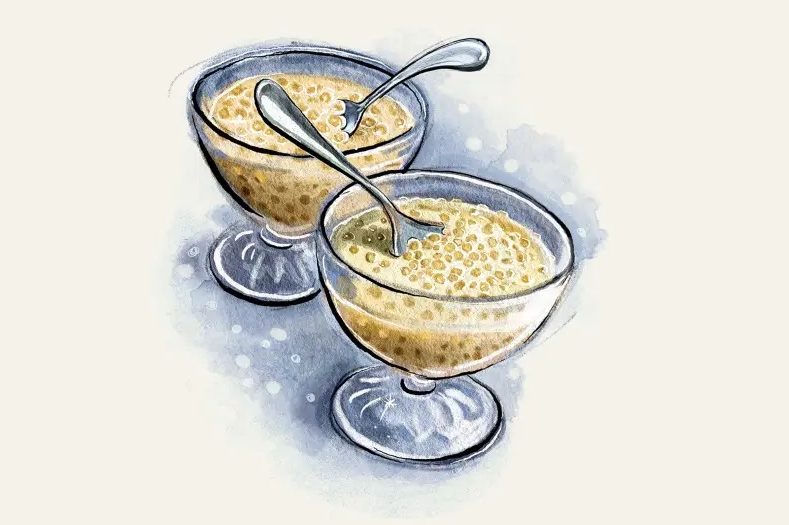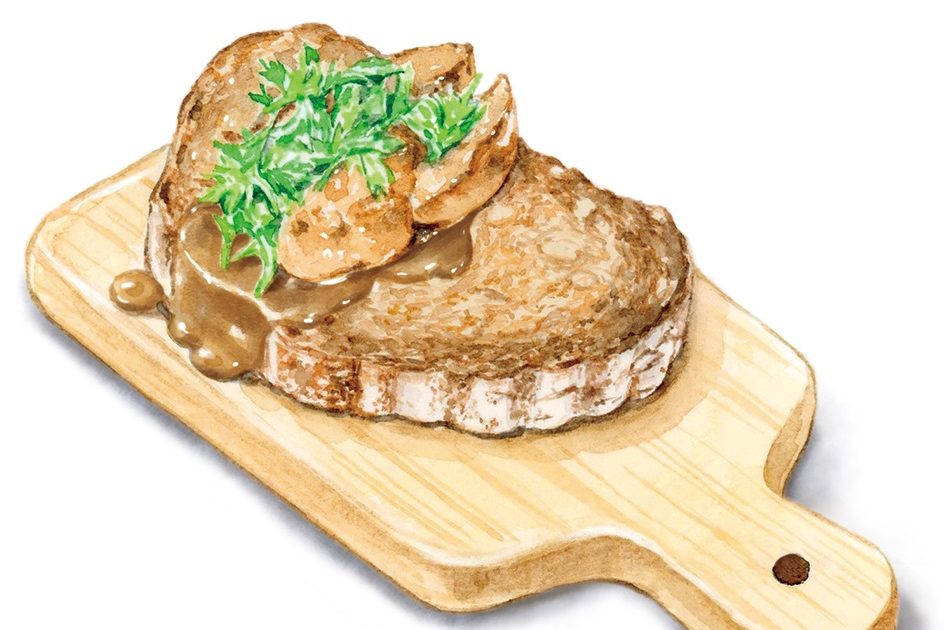They were neighbors and friends. Harold Loeb, an economist, writer and heir to the Guggenheim and Loeb fortunes, and his wife Vera lived down the Saugatuck River from us on Snake Drive, at the end of Buttonball Lane. Harold was better known as having been betrayed by Ernest Hemingway in Paris in the 1930s — Robert Cohn in The Sun Also Rises was modeled after him. Harold got even in The Way It Was, published in 1959. He asked my father to sketch him for the book’s back cover.
Among other things they had in common a gift for gardening. My father, known for his charcoal sketches of celebrated locals of Weston, Connecticut, planted a large, Walden-inspired plot surrounded by a white picket fence, where weeds were allowed as long as they didn’t interfere with the crops.
Harold’s garden was a small plot of perfection, blending in with the property that sloped down to the Saugatuck. The plot was surrounded by an electric fence to warn wildlife that poaching was not tolerated. The neatly spaced rows of vegetables created a lush harmony. Weeds were not permitted. Vera could often be seen in a wide-brimmed straw hat, weeding the garden on Fridays, while she picked salad leaves and vegetables to feed their many weekend guests from the city.
Our garden was tended solely by my father, more by choice than by rule. My Swedish mother’s talents lay in cooking, not gardening. Her call of “Is there any dill?” was part of their daily summer dialogue. The lacy, indispensable herb found its way into a divine summer succotash.
Generally, Harold grew more exotic vegetables than my father. Where our garden produced an endless supply of green beans and cherry tomatoes, Harold’s yielded a limited crop of lima beans and peas. The sweetness and challenge of growing lima beans and peas held a higher value for Harold than the simple marvels of nature that fascinated my father.
The gardens did, however, have something in common. A third of each was planted with corn. My father’s corn rows were a tribute to the Indians, whose arrowheads were always turning up in the ground. Harold’s keen sense of nature’s elegance provided both men with an amiable competition.
In January, the gardeners would discuss seed catalogs, along with the work of artists and writers they knew, as they sipped cocktails before our blazing hearth or in the glass house, scanning the river for the first sign of the returning ducks of spring.
My father liked Golden Bantam; Harold preferred Country Gentleman. Each spring, they ordered manure from Joe Gyersko; half a load to each garden. Planting came in May, repeated every two weeks for a continuous August crop.
Corn is difficult to grow in Connecticut. Seedlings must have plenty of water and uninterrupted sun. A rainy season can be disastrous. Hot, burning sun, however, can be counteracted by frequent watering.
Then there was the problem of wildlife. Crows and raccoons were the major culprits. My father made a scarecrow from his old army uniform and one of my mother’s discarded Lilly Daché hats. Harold had a noisy whirligig.
Raccoons are not as easily put off, however. They have an uncanny way of knowing when corn is at its ripest. They are also wizards at opening gates. Harold’s light aluminum gate, outfitted with a complicated latch a human had to study to unfasten, struck raccoons as but an incentive.
One year we had a perfect summer. April rains fell. May sun warmed seedlings. By June the gardens had impressive vertical corn stalks. The prospects for a good harvest were excellent. My father and Harold were optimistic about their favorite vegetable. It looked like the families would have an August of charcoal-broiled steaks, corn on the cob and Saugatuck succotash.
The raccoons were almost forgotten. My father mentioned that he hadn’t found even one stripped stalk. He hoped the raccoons had moved away. There was little he could have done anyway, short of sitting up all night with his air rifle.
As August approached, it looked like the gardens would tie for the first corn crop. My father peeled back a little of one silky husk, declaring the first as the initial feast day. The Loebs were invited to Snake Drive.
The morning of the celebration my father discovered two rows of ripe corn lying flat on the ground as if knocked over by a tornado. Every single row but one was gnawed bare. He guessed the thieves had been watching the crop all summer and judged the corn ready.
A week later, it was the Loebs’ turn to supply corn. Whether it was the same raccoons or a different gang, indigenous to Buttonball Lane, the evening before our second banquet was scheduled, history repeated itself in Harold’s garden.
That winter the gardeners wondered about the August raid. Had there been a conspiracy between the Snake Drive gang and the one on Buttonball Lane?
The mystery was solved when Joe delivered his load of manure that spring: the previous year, they figured out, the manure trail between the gardens had been discovered by the raccoons. Harold and my father deduced that the scheming raccoons had smelled the manure trail, put two and two together, and laid their August plans.
RECIPE
Saugatuck Succotash
For 6
Prep time: 15 min
2 tbsp olive oil
1 medium onion, minced
4 cups fresh corn kernels
2 cups fresh lima beans
1 red pepper, finely diced
1 pint cherry tomatoes, halved Salt and pepper, to taste
Salted butter, to taste
6 tbsp fresh minced dill
Heat olive oil in a large skillet over medium high heat. Add onion and cook for two minutes until translucent. Add corn, beans, red pepper, tomatoes, salt and ground pepper. Stir occasionally until all vegetables are cooked (five to six mins.) Stir in salted butter and dill. Cook one more minute, until butter is melted. Serve warm.
This article was originally published in The Spectator’s August 2022 World edition.



